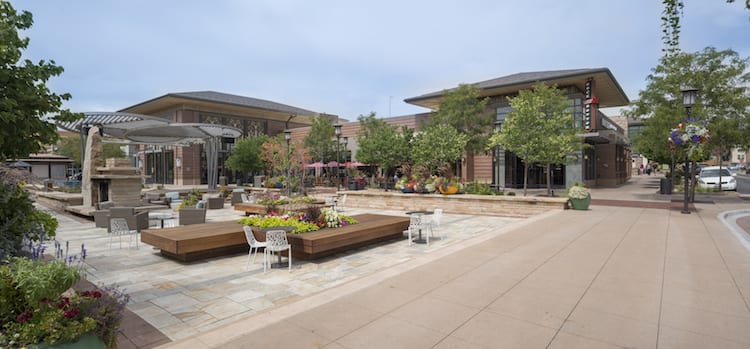Beauty retailers – from traditional spas to highly specialized niches – are taking on a more dominant role in our retail landscape as landlords look for tenants that offer experiential retail and insulation from e-commerce. And these “beauty” retailers are responding and blossoming under this new demand.
“You can’t go get your hair done, your nails done or get a great workout on Amazon.com, and that’s why these types of tenants are helping stabilize projects that are otherwise hurting because national retail has declined so significantly,” said Laura Hansen, a vice president at Legend Partners.
The beauty industry’s growth is manifesting itself in several significant ways – emphasizing specialization and unique atmospheres as patrons seek opportunities to socialize and congregate in these settings, and expanding real estate needs as practitioners opt for more independence in their locations, availability and work schedule.
While some forms of beauty retail have always been a staple of shopping centers – think nail salons – many are adapting. For example, the nail salon of choice used to be driven by location and price: Where can I get this service done most efficiently for a reasonable price? Today, many consumers are in search of a salon that offers the service in a cool environment in addition to a convenient location and price, said John Livaditis, president of Axio Commercial Real Estate.
In response to this shifting consumer need, Colorado is witnessing different beauty retailers specializing, individualizing or diversifying. For example, specialized services, such as blowout bars, waxing salons and men’s haircutting salons, are gaining popularity in shopping centers and malls in urban settings. As the number of specialized retailers increase, the demand ideal locations increases as well. Most of these retailers seek smaller floor plans, between 1,000 and 2,000 square feet.













